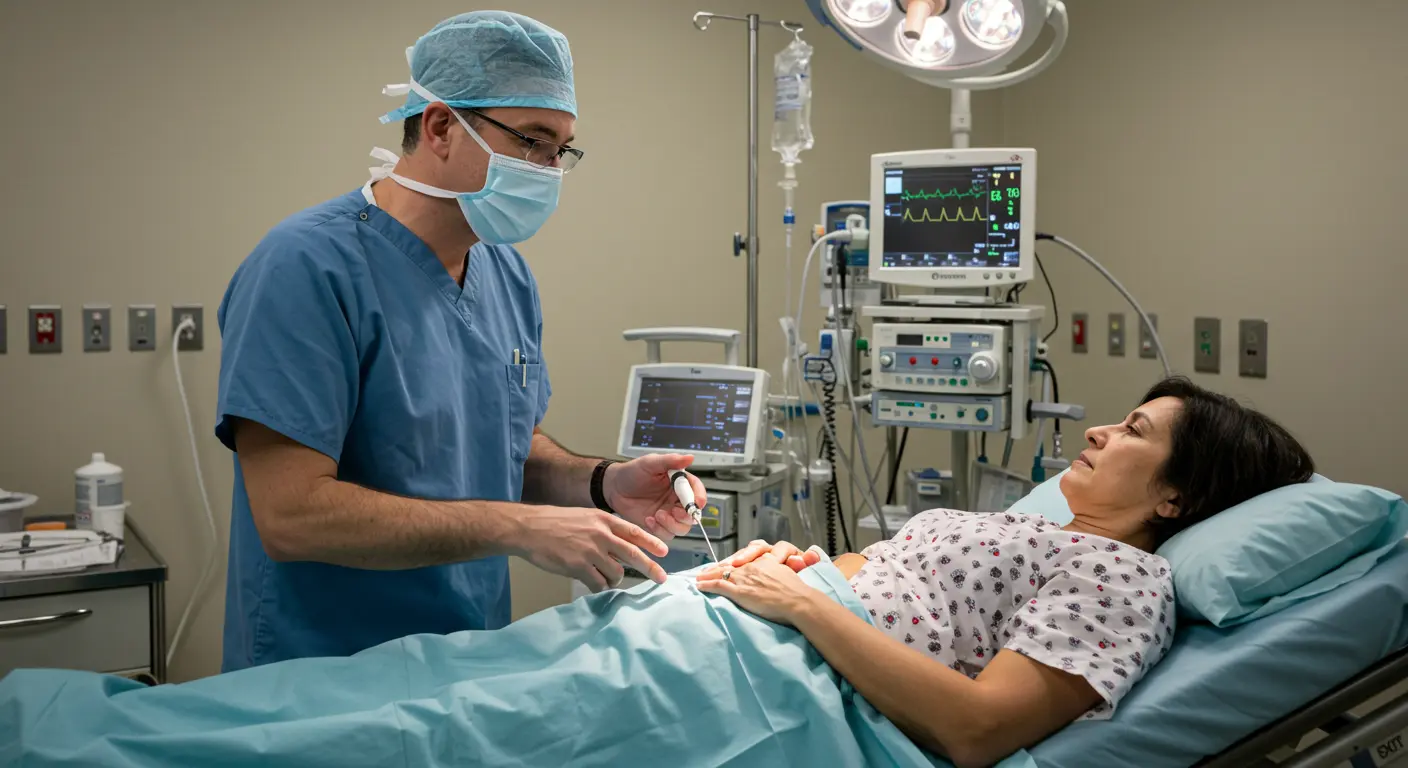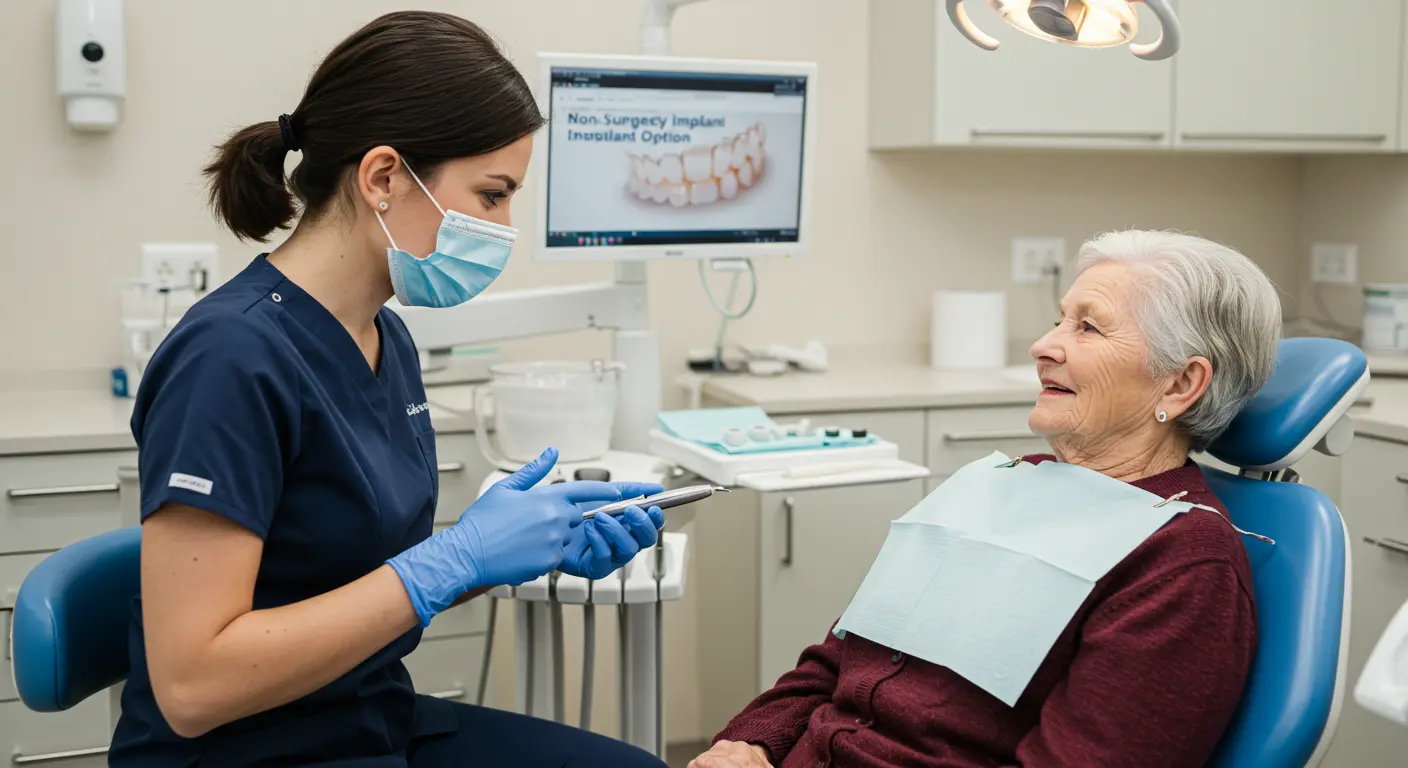Non-Surgical Implant Options for Osteoporosis: A Comprehensive Guide
Osteoporosis is a condition that affects millions of people worldwide, leading to weakened bones and an increased risk of fractures. For those seeking solutions to manage their osteoporosis, non-surgical implant options provide a promising avenue for improving bone health without the need for invasive procedures. In this comprehensive guide, we will explore various non-surgical implant options available for osteoporosis patients, helping you make informed decisions about your health.
Living with osteoporosis can be challenging, as it significantly impacts daily life and overall well-being. Patients often experience fear of fractures and limitations in their physical activities. Fortunately, advancements in medical technology have led to the development of non-surgical implant options that can help strengthen bones and improve quality of life. This article will delve into these options, their benefits, and considerations for patients with osteoporosis.
Understanding Osteoporosis
Before exploring non-surgical implant options, it is essential to understand what osteoporosis is and how it affects the body. Osteoporosis is a bone disease characterized by low bone mass and deterioration of bone tissue, leading to increased fragility and risk of fractures. Factors contributing to osteoporosis include:
- Age: Bone density naturally decreases with age.
- Hormonal Changes: Postmenopausal women are particularly at risk due to decreased estrogen levels.
- Nutritional Deficiencies: Lack of calcium and vitamin D can weaken bones.
- Sedentary Lifestyle: Lack of weight-bearing exercise contributes to bone loss.
The Importance of Non-Surgical Options
For many patients, surgical interventions may not be feasible due to health concerns, age, or personal preferences. Non-surgical implant options provide an alternative that can enhance bone strength and reduce the risk of fractures without the need for invasive procedures.

Non-Surgical Implant Options for Osteoporosis
1. Vertebroplasty
Vertebroplasty is a minimally invasive procedure that involves injecting a special cement-like material into fractured vertebrae. This option is particularly beneficial for patients with vertebral compression fractures due to osteoporosis.
Benefits of Vertebroplasty
- Pain Relief: Many patients experience significant pain relief shortly after the procedure.
- Stabilization of Fractures: The injected material stabilizes the fractured vertebra, preventing further collapse.
- Quick Recovery: Most patients can return to normal activities within a few days.
Considerations
While vertebroplasty is effective for many, it is essential to consult with a healthcare professional to determine if you are a suitable candidate. Potential risks include infection and cement leakage.
2. Kyphoplasty
Kyphoplasty is similar to vertebroplasty but involves an additional step of inflating a balloon to create space within the vertebra before injecting the cement. This technique can restore some height to the vertebra, which may improve spinal alignment.
Benefits of Kyphoplasty
- Height Restoration: Patients may experience improved spinal alignment and reduced deformity.
- Reduced Pain: Like vertebroplasty, kyphoplasty can lead to significant pain relief.
- Minimally Invasive: The procedure is performed under local anesthesia and requires only small incisions.
Considerations
As with vertebroplasty, kyphoplasty is not suitable for everyone. A thorough evaluation by a qualified healthcare provider is necessary to assess risks and benefits.
3. Bone Density Enhancement Devices
Emerging technologies have led to the development of bone density enhancement devices that can stimulate bone growth without surgery. These devices use low-energy ultrasound or electromagnetic fields to promote bone healing and regeneration.
Benefits of Bone Density Enhancement Devices
- Non-Invasive: These devices can be used at home or in a clinical setting without the need for surgery.
- Stimulates Bone Growth: Research suggests that these devices can enhance bone density over time.
- Convenient: Patients can use these devices as part of their daily routine.
Considerations
While promising, it is essential to consult with a healthcare provider to determine the most appropriate device for your specific needs.
4. Hormone Replacement Therapy (HRT)
Hormone Replacement Therapy (HRT) can be an effective non-surgical option for managing osteoporosis, particularly in postmenopausal women. HRT involves the administration of estrogen or a combination of estrogen and progesterone to help maintain bone density.
Benefits of HRT
- Bone Density Preservation: HRT can help slow down bone loss and maintain bone density.
- Reduced Fracture Risk: Studies have shown that HRT can significantly reduce the risk of fractures in postmenopausal women.
- Improved Quality of Life: HRT can alleviate other menopausal symptoms, improving overall well-being.
Considerations
HRT is not suitable for everyone and may carry risks, such as an increased risk of certain cancers and cardiovascular issues. A thorough discussion with a healthcare provider is essential to weigh the benefits and risks.
5. Nutritional Supplements
While not an implant option per se, nutritional supplements play a crucial role in managing osteoporosis. Calcium and vitamin D are essential nutrients for bone health, and supplementation can help improve bone density.
Benefits of Nutritional Supplements
- Supports Bone Health: Adequate calcium and vitamin D intake is vital for maintaining bone strength.
- Accessible: Supplements are widely available and easy to incorporate into daily routines.
- Cost-Effective: Compared to other treatments, nutritional supplements are relatively inexpensive.
Considerations
It is important to consult with a healthcare provider before starting any supplements to determine the appropriate dosage and ensure they do not interact with other medications.

Lifestyle Changes to Support Bone Health
In addition to non-surgical implant options, incorporating healthy lifestyle changes can significantly impact bone health and osteoporosis management.
1. Diet and Nutrition
A balanced diet rich in calcium and vitamin D is essential for maintaining bone density. Foods to include are:
- Dairy Products: Milk, cheese, and yogurt are excellent sources of calcium.
- Leafy Greens: Spinach, kale, and broccoli provide calcium and other essential nutrients.
- Fatty Fish: Salmon and mackerel are rich in vitamin D.
2. Weight-Bearing Exercise
Engaging in weight-bearing exercises can help strengthen bones and improve balance. Activities such as walking, dancing, and resistance training are beneficial for osteoporosis patients.
3. Fall Prevention
To reduce the risk of fractures, implementing fall prevention strategies is crucial. This may include:
- Home Modifications: Removing tripping hazards and ensuring adequate lighting.
- Assistive Devices: Using canes or walkers for added stability.
Living with osteoporosis can be daunting, but non-surgical implant options provide hope for improving bone health and reducing fracture risk. From vertebroplasty and kyphoplasty to bone density enhancement devices and hormone replacement therapy, various options are available to support patients in their journey toward better bone health.
Incorporating healthy lifestyle changes, such as a balanced diet and regular exercise, can further enhance the effectiveness of these treatments. Always consult with a healthcare provider to determine the best approach for your specific situation.










